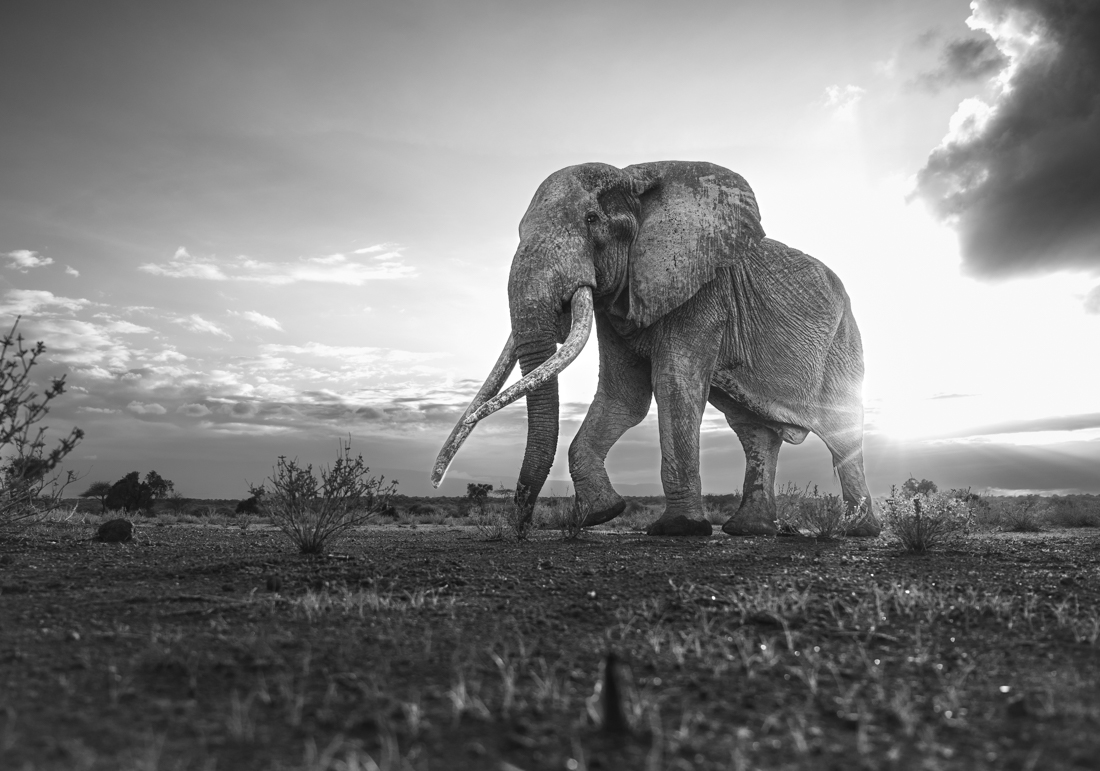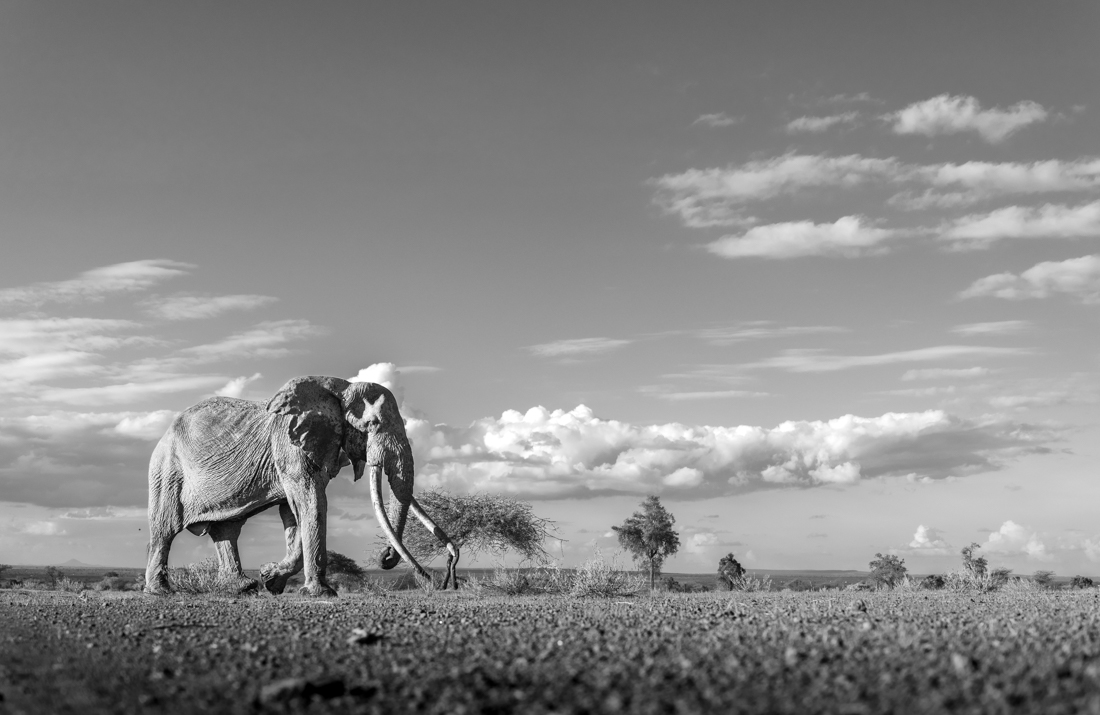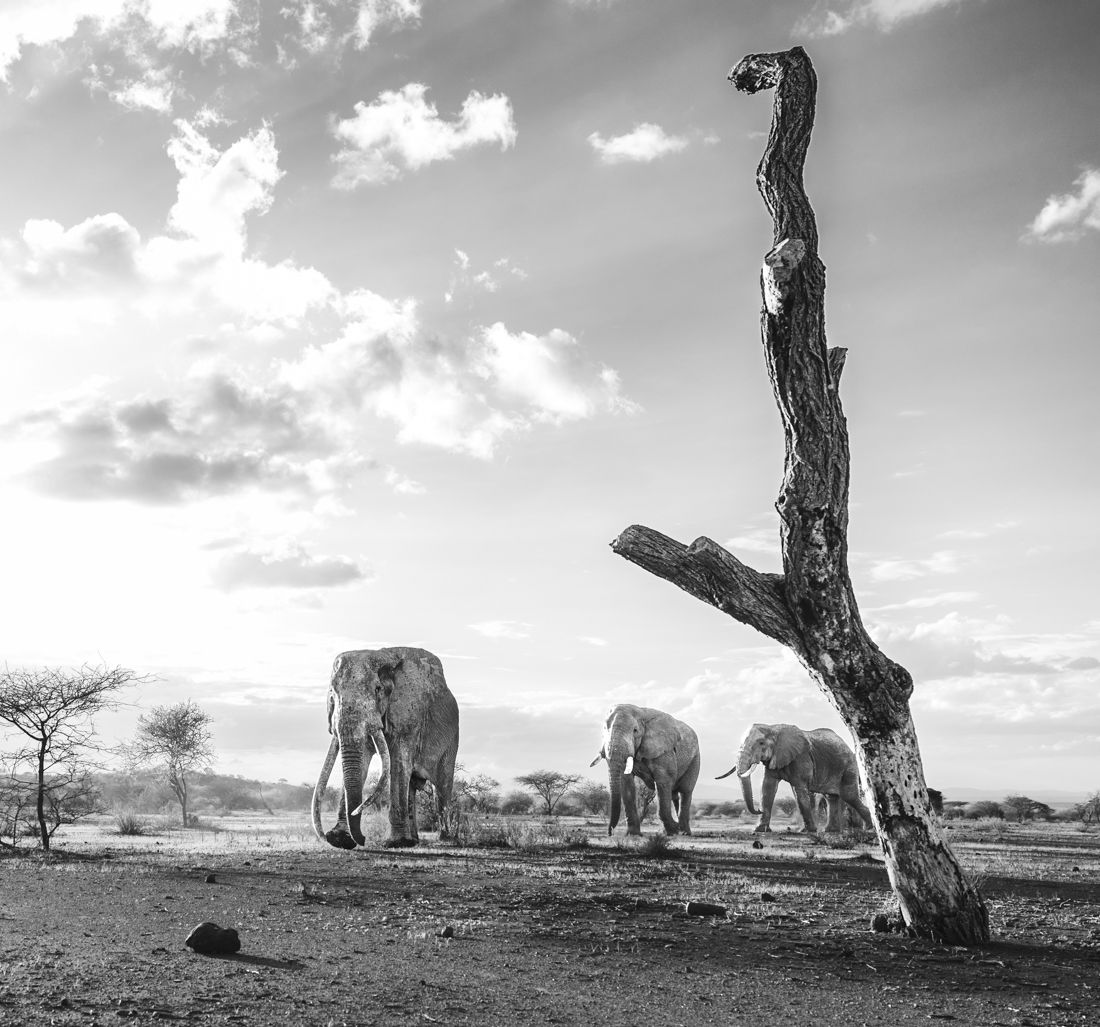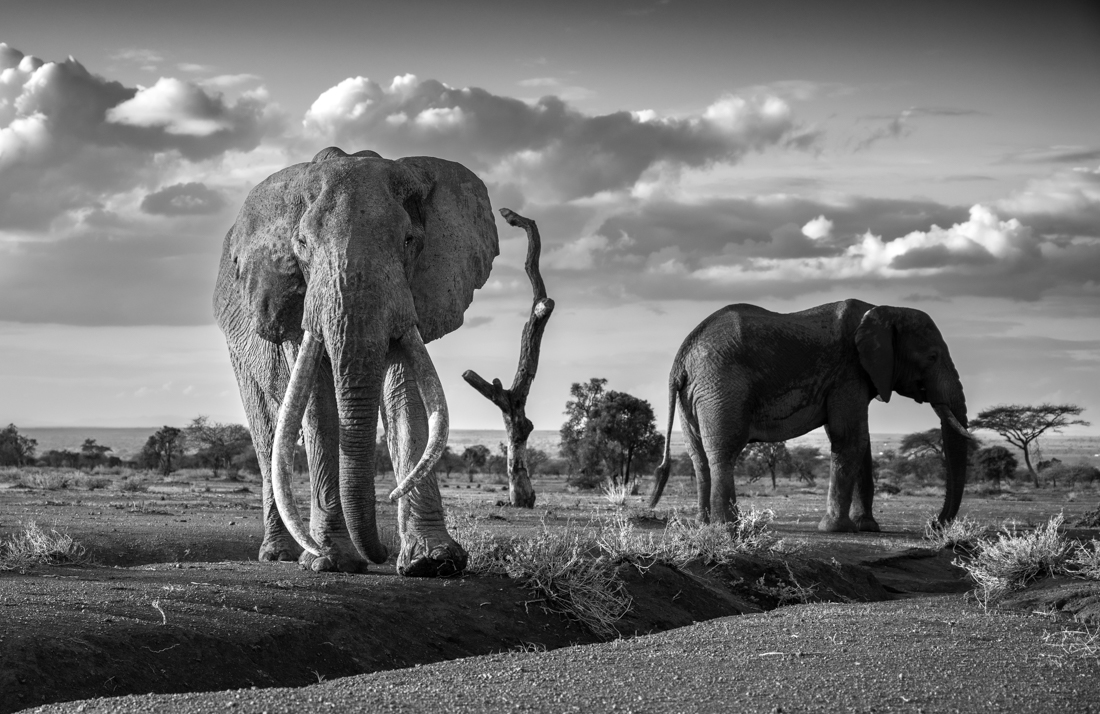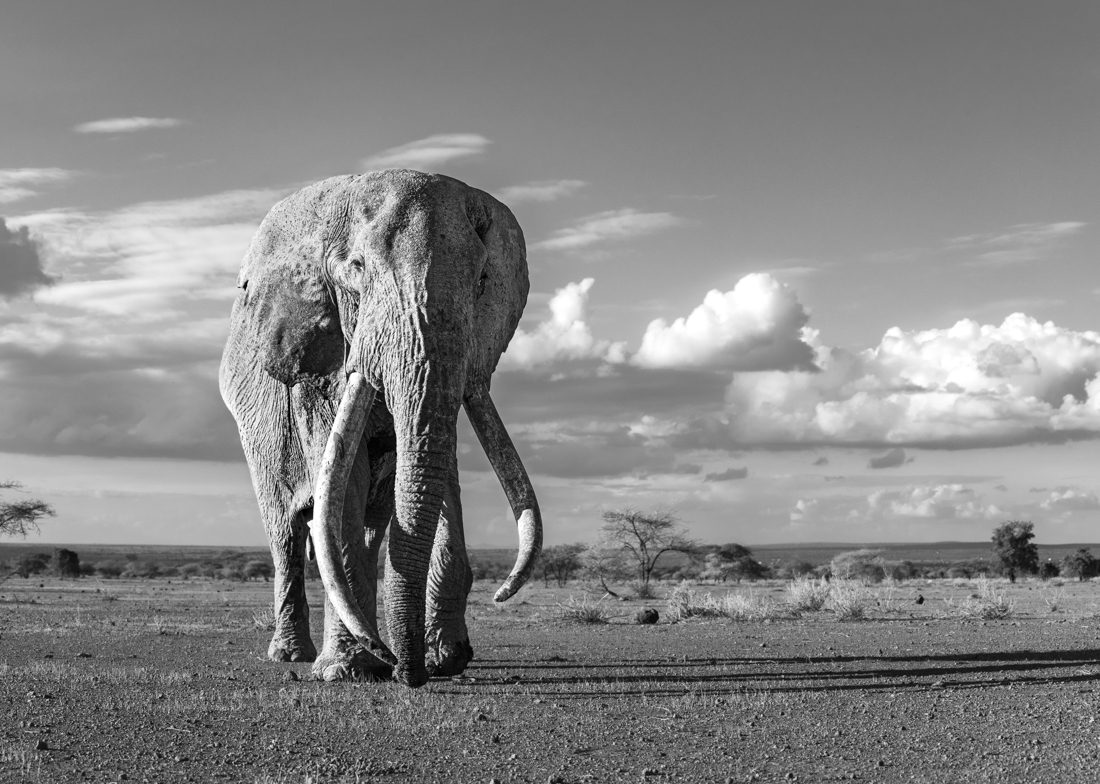The term “Big Tusker” refers to an elephant with tusks so large they scrape the floor. Typically, the bull elephants are big tuskers, however there are some female elephants that come close. A Big Tusker has a genetic variation that causes the tusks to grow faster and longer. And yet, as majestic looking, it is also what makes a Big Tusker so vulnerable.
This story focusses on one elephant named Craig, arguably the biggest big tusker alive, with each tusk weighing about 60-70kg.
Big tuskers are becoming an increasingly rare sighting. There are estimated to be only between 25-30 left, primarily found in Amboseli and Tsavo National Parks in East Kenya. They are high demand for poachers as each tusk would probably fetch multiple times more than the average tusk. As such, there is additional protection in tracking them, involving the the maasai's and surrounding local communities.
professional category
The Last Few (Series)
DESCRIPTION
AUTHOR
Growing up in Zambia, I was fortunate to get numerous opportunities to explore the flora and fauna of this spectacular region of Africa. I appreciated the glaring contrasts at a young age; ecological, physical, visual, and mental. The serenity of these vast lands and the excitement of spotting wildlife often transpired within me; more so when I found photography (or when photography found me).
My goal with my photography is not only to showcase the beauty of African wildlife, but to bring the viewers closer to these magnificent species and their natural habitat through my own creative lens, both visually and emotionally, whether through their interactions, mannerisms, or nature’s circle of life.
My role as a wildlife photographer exists because there are beautiful and spectacular moments to capture in the wild, but therein exists an important duty to show my continued support for promoting conservation and the medium of photography is a crucial tool to do so.
My goal with my photography is not only to showcase the beauty of African wildlife, but to bring the viewers closer to these magnificent species and their natural habitat through my own creative lens, both visually and emotionally, whether through their interactions, mannerisms, or nature’s circle of life.
My role as a wildlife photographer exists because there are beautiful and spectacular moments to capture in the wild, but therein exists an important duty to show my continued support for promoting conservation and the medium of photography is a crucial tool to do so.
back to gallery



